Teamfight Tactics is constantly evolving from set to set, and staying on top of things is no easy task. Just like its counterparts within the League of Legends franchise, Teamfight Tactics has to juggle adding new content with adjusting existing Champions. The Lunar Festival is one of the biggest events of the year for millions of players around the world, which makes now the perfect time to assess the direction that the game is headed.
Game Rant recently spoke about this subject with several Teamfight Tactics devs, with set finalization lead Kent Wu discussing reworks and other attempts to address any balancing issues within Teamfight Tactics. Wu revealed the specific steps the team takes to make important balance decisions, with the hopes of not having to encounter more difficult decisions down the line.
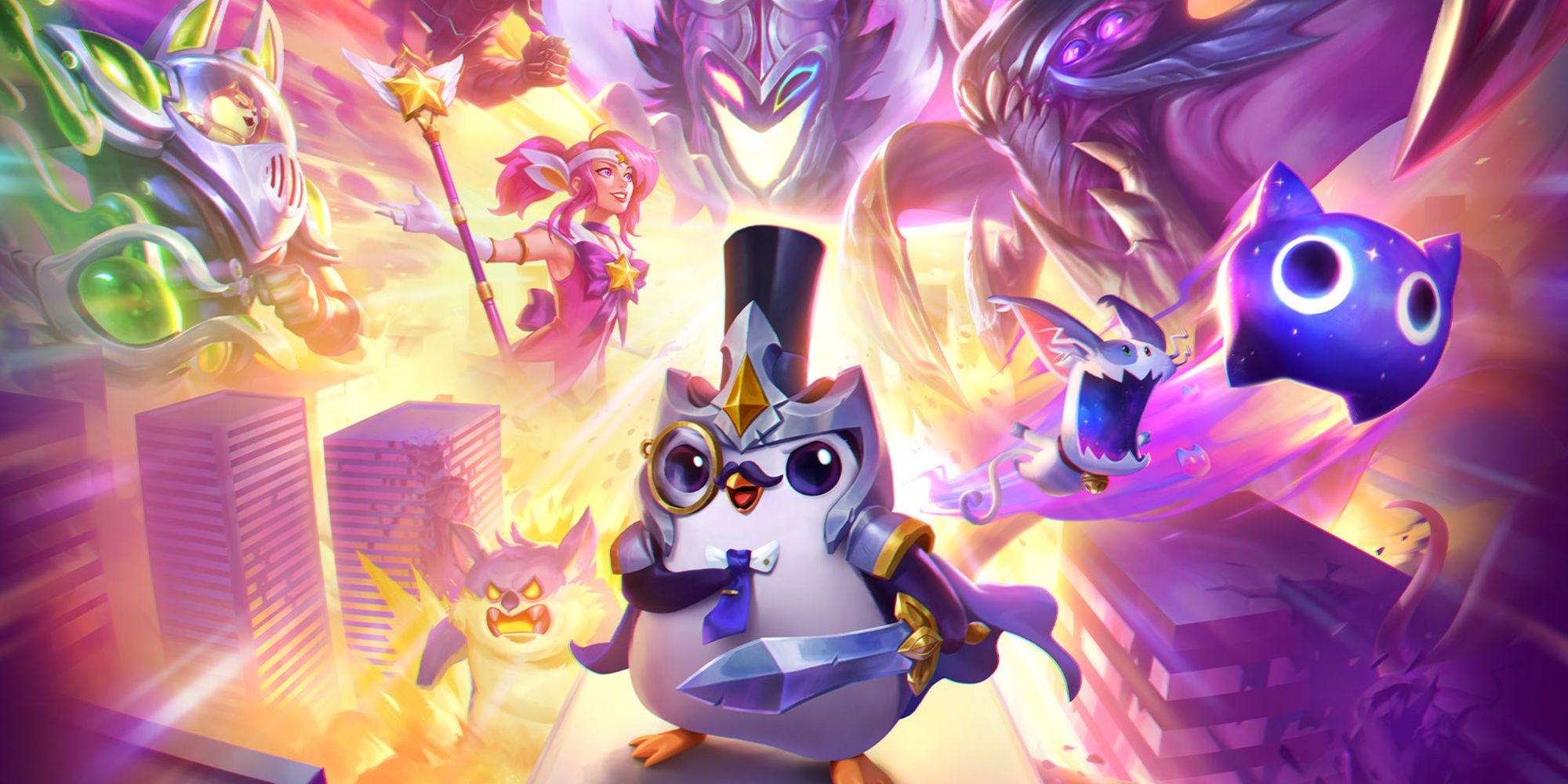
Related
Teamfight Tactics: Best Champions You Should Try
Teamfight Tactics features an extensive lineup of champions, though not all fare equally on the board. Here’s a look at the best ones you should try.
How Teamfight Tactics Stays on Top of Broken Sets
The team had a lot to say regarding balance updates. This shouldn’t come as a surprise, as they no doubt face several unique challenges with Teamfight Tactics compared to any other games by Riot Games. First and foremost, Wu revealed details about the step-by-step process that is conducted to reach a stable meta.
“We rely on three different sources to try to make the best balance decisions:
- Data: We look at data to inform what looks obviously out of line. Data never paints the full picture since itʼs always contextual, but it both gives us a good sense for what to look for and also confirms our (and players’) reads on the setʼs content.
- Experience: We play the game and watch players play the game. By experiencing the content ourselves, we get a good baseline of what seems over or under the power bar.
- Sentiment: We keep tabs on player sentiment about the meta. This may point to things to investigate further that aren’t captured by the first two sources. Ultimately, even if player sentiment doesn’t match data (if players think a unit sucks, but it performs well in data), there has to be a reason that players feel that way, so itʼs worth at least looking into.
By combining these 3 sources, we can put together a solid view of the meta and make decisions on what to patch.”
Similar to League of Legends, Teamfight Tactics has a thriving community that developers can consistently rely on. This process is highly dependent on player feedback, which goes to show the value of a symbiotic relationship in this regard. Hopefully, player perception and satisfaction remain prominent aspects of future balancing decisions.
How Teamfight Tactics Knows When it’s Time for a Champion to Receive a Rework
Thanks to the changes Arcane made to Viktor in League of Legends, reworks have been a bit of a hot-button issue across various Riot titles. Wu was confident that Viktor’s design overhaul didn’t receive nearly the same backlash within the Teamfight Tactics community, in part because that’s simply how he was introduced. Then, Wu had more to say about the intentions behind each character’s design. In short, every unit should have a “3-item fantasy” that lets players put 3 items on them and enjoy watching them do their thing, whether that’s deleting the board or tanking everything. Wu then elaborated:
“For example, to succeed with Set 12 (Magic nʼ Mayhem), Ahri players needed to position the entire board one exact way with 3 specific items which allowed her to kill multiple units at a time with her true damage, and if players didn’t do this, she sucked. Balance changes would’ve adjusted how good the success case was but wouldn’t have helped with the success criteria, so we opted for a rework. We’ve been able to start validating this goal much earlier in development, so the hope is that going forward players won’t need to experience units changing on them in the middle of a set.”
This shows a general hope to avoid reworks entirely, which is undoubtedly the preference for most players. On the other hand, it also shows an attentive eye for when a rework is unavoidable. This shows the difficult balance that developers have to strike when balancing an ever-evolving game like Teamfight Tactics. If this approach continues, the game should remain healthy for quite some time after the Lunar Festival concludes.
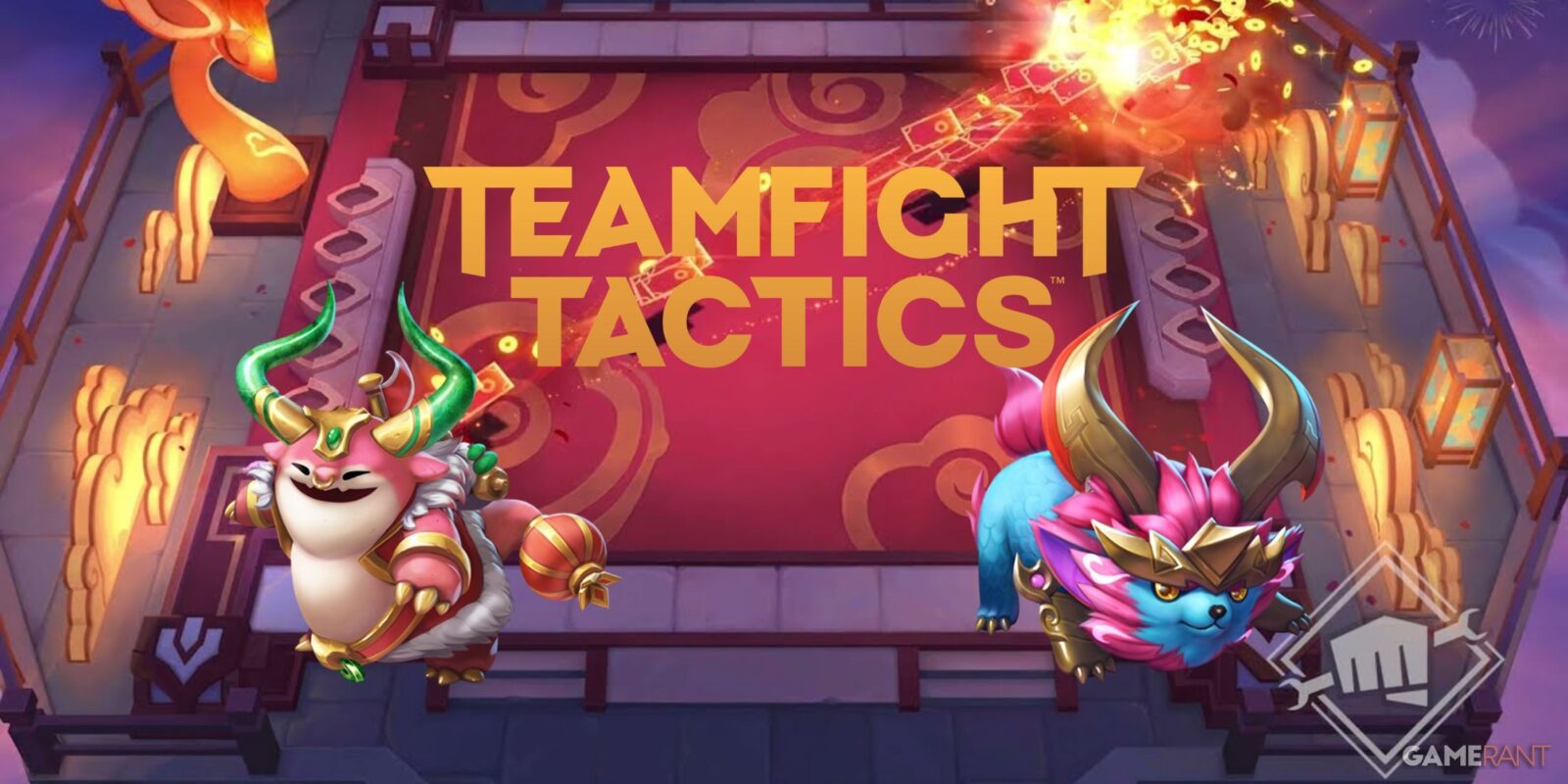

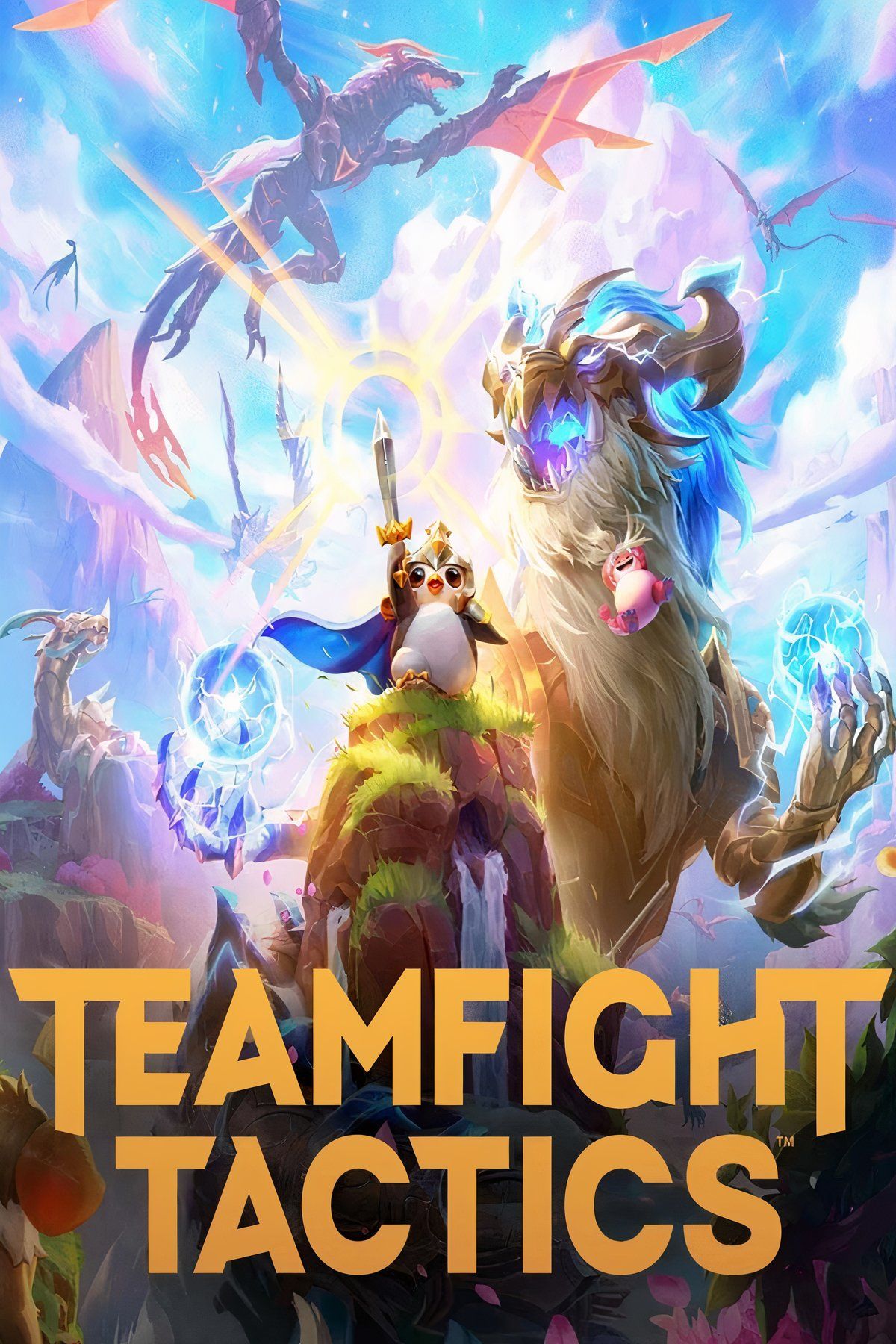


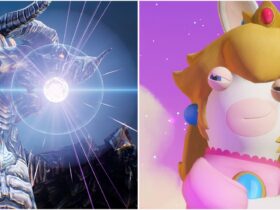
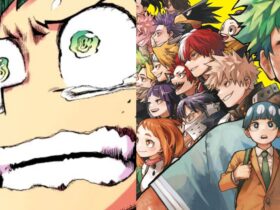
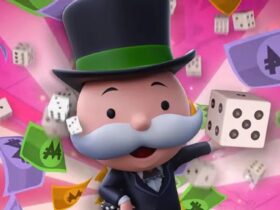

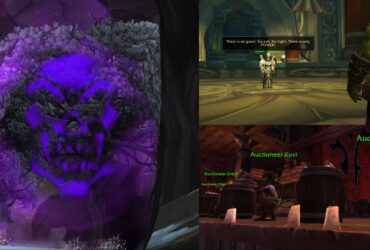

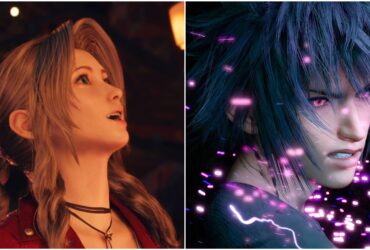
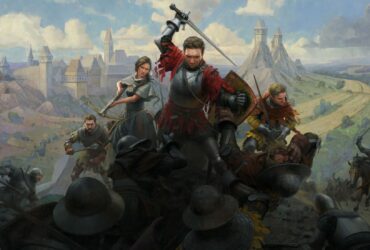
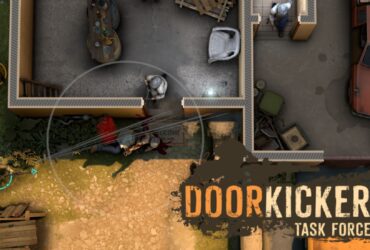

Leave a Reply